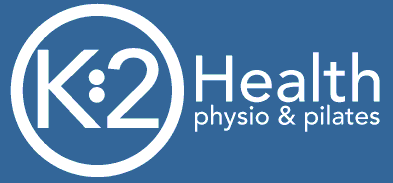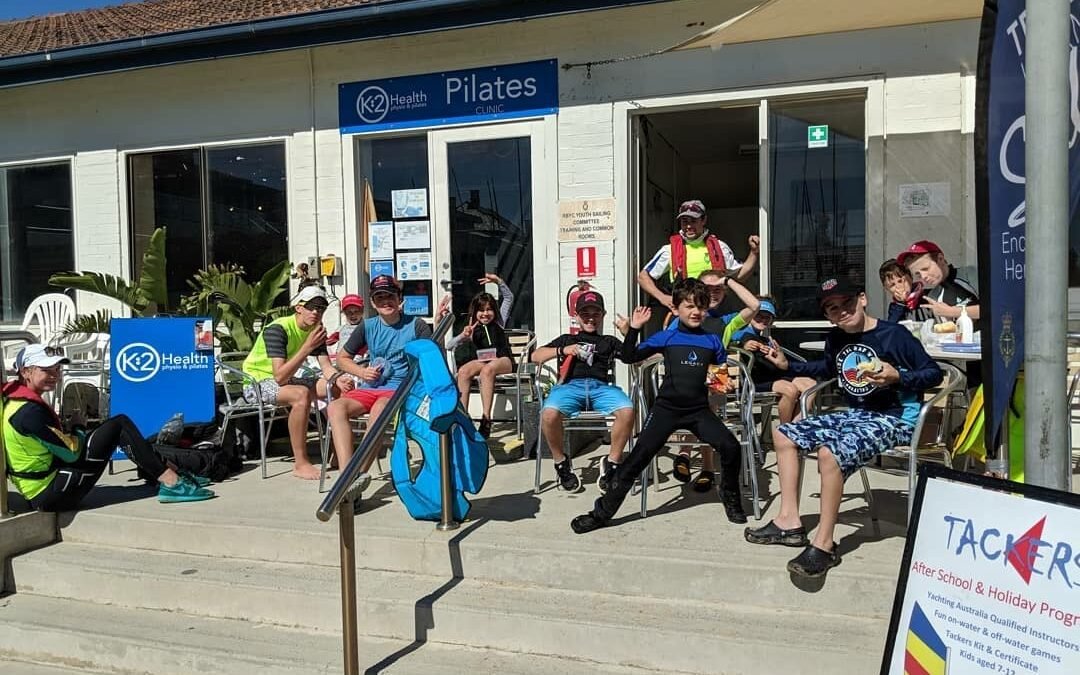Adolescents today are now training to the same level as adults. It seems that the motivation to be the best has now outweighed the general wellbeing of looking after our young athletes. The peak growth ages for females are 11-13 years of age and the boys are 14- 16 years of age. Parents of high load adolescent athletes need to measure their children’s height weekly to assess it training should be adjusted to avoid potential injury.
One month post a growth spurt adolescents will have a reduction or 30% in strength; this needs to be taken into consideration when monitoring an athletes program to avoid unwanted boney stress. Loading is very important to manage particularly during periods of peak growth. A significant growth spurt is greater than 1cm per month.
Fractures, apophysis irritation, growth plate disturbances and apophysis avulsions are all risk factors during this time. This is due to bones growing taster then muscles which increases the load at attachment and boney sites.
LOAD MANAGEMENT
Load is calculated by perceived exertion X minutes or training time or reps, metes Cricket also found that 2-4 days after acute peak you are 2-4 times at greater risk over the next 7 days. Note that if you increase your training load by 15% in one week. You are 21- Over a week you can calculate your load; this is classified as acute training 49% at greater risk of injury (Drew load. 2016)
Over three weeks you take a rolling average I his equals your chronic load. Provided that your acute load does not exceed your chronic load, you should remain injury free.
The sweet spot for acute – chronic loading is 0.8- 1.3. Once you go over >1.5 you are close to the danger zone (Gabbett 2015).
Note that 2-4 days after an acute peak load you are 2-4 times at greater risk over the next 7 days or if you increase your training load by 15% in one week you are 21-49% at greater risk of injury (Drew et al, 2016).
COMMON INJURIES IN ADOLESCENTS
Sever’s disease is a common inflammation of the growth plate of calcaneal apophysitis or heel bone. Loaded force or sudden growth spurts can irritate the growth plate & becomes painful and debilitating. Osgood-Schatters IS a tibial tubercle apophysitis or lesion of the insertion of the patella tendon below the knee cap. Managing load during growth spurts will help to decrease the pain associated with these conditions.
Consult your local physiotherapist for load management strategies and to rule out other problematic conditions.
by Krystal Weir,
K2: Health
www.k2health.com.au
info@k2health.com.au

